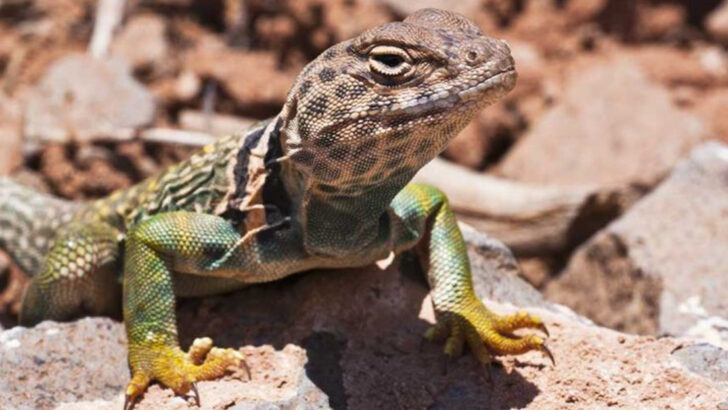There’s a canyon in the U.S. where the ground slithers, scurries, and sunbathes more than just about anywhere else on Earth.
Forget snakes on a plane—this place has snakes on cliffs, lizards in crevices, turtles by the dozens, and geckos that seem to defy gravity.
It’s not a horror movie. It’s a reptile paradise. And it’s hiding in plain sight.
This one canyon is crawling—literally—with more reptile species than most entire countries. If you’ve got a soft spot for scales, cold blood, and creatures that love a good sunbeam, you’re in for a wild ride. Just watch where you step.
Gila Monster
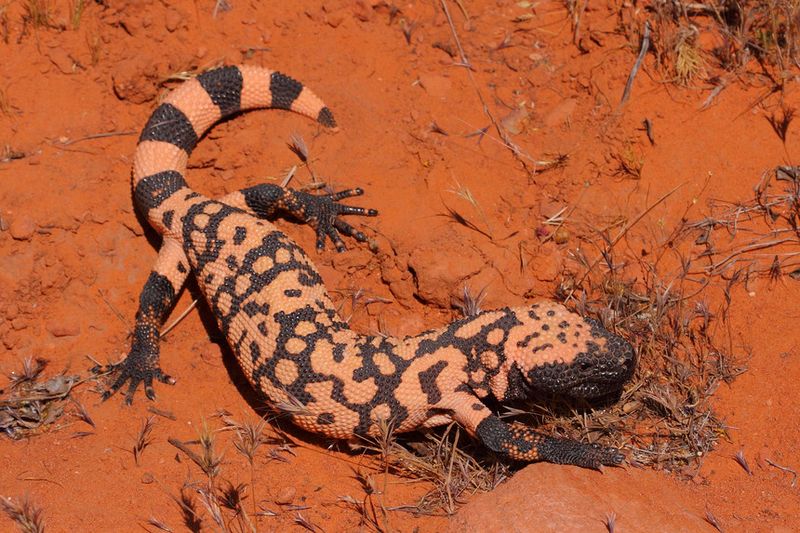
With its striking orange and black patterns, the Gila monster is a creature of both beauty and mystery. This venomous lizard, though intimidating, spends most of its time hidden under rocks. Its slow, deliberate movements and beady eyes reveal a life of calculated patience. Living in the arid desert, this reptile has adapted to the harsh environment, storing fat in its tail to survive tough times. Did you know? Despite its fearsome reputation, the Gila monster’s venom is being studied for potential medical benefits, offering hope for innovative treatments.
Desert Tortoise
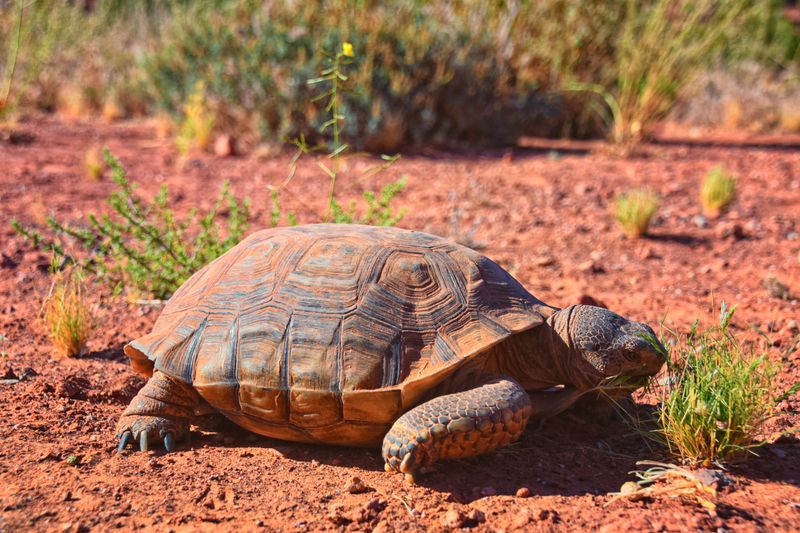
The Desert Tortoise, with its rugged shell and wise demeanor, stands as a testament to survival. Slowly traversing the sandy terrain, this herbivore relies on its burrows to escape the scorching heat. Its diet includes wildflowers and grasses, reflecting the sparse yet vibrant flora of the canyon. Evolution has gifted it with the ability to conserve water, an essential trait in this arid landscape. This ancient wanderer invites us to ponder the passage of time and the resilience required to thrive in such a challenging environment.
Collared Lizard
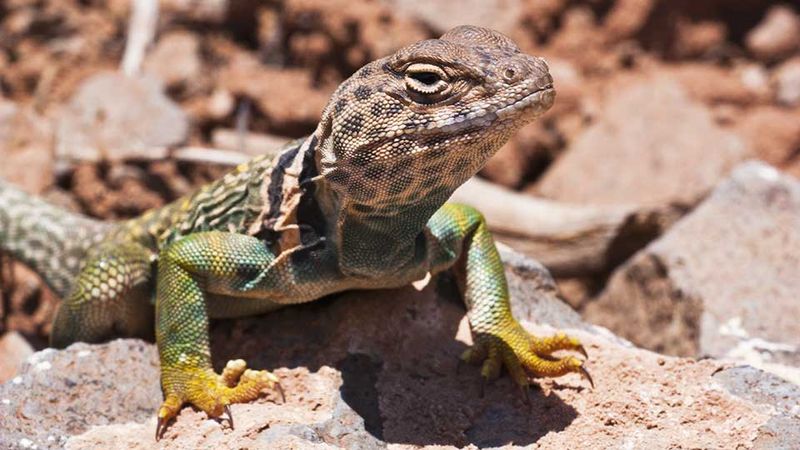
The Collared Lizard captivates with its vivid green and yellow hues, a palette reminiscent of the canyon’s lush oases. Known for its agility, it dashes across the rocky terrain with an energy that seems to defy gravity. This creature’s bold collar-like markings make it one of the most visually striking reptiles in the canyon. Preferring open, sunny areas, this lizard thrives under the bright desert sun. Its lively demeanor and striking appearance make it a favorite among photographers and reptile enthusiasts alike.
Western Diamondback Rattlesnake
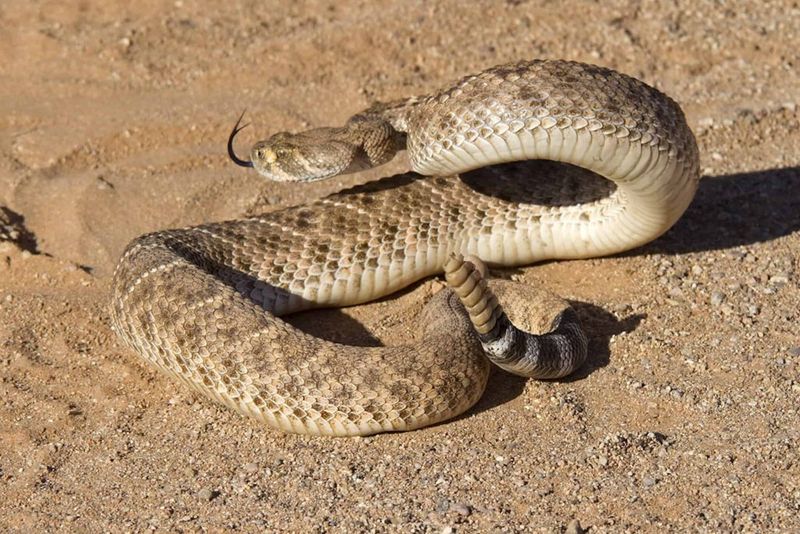
Elegantly coiled amidst the canyon rocks, the Western Diamondback Rattlesnake is both feared and revered. Its distinctive diamond patterns shimmer in the sunlight, warning of its potent venom. Yet, this snake is more cautious than aggressive, preferring to avoid confrontation. Its rattle serves as a reminder of its presence, a sound synonymous with the Wild West. As a key predator, it plays a crucial role in maintaining the ecological balance within the canyon. Observing it from a distance, one can’t help but admire its grace and significance.
Whiptail Lizard
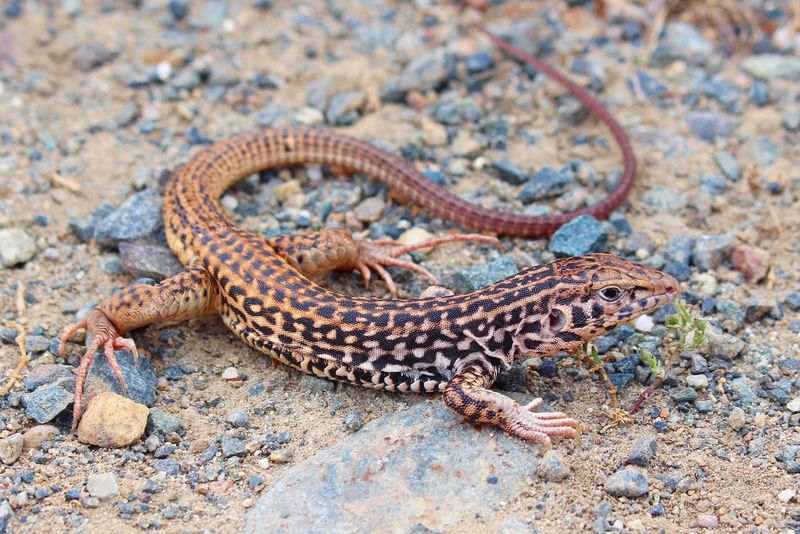
With a tail as long and slender as its name suggests, the Whiptail Lizard is a master of the quick getaway. Darting across the sandy canyon floor, it displays remarkable speed and agility. This reptile’s diet of insects and spiders helps keep the ecosystem in balance. Fascinatingly, many Whiptail Lizards reproduce asexually, a testament to their adaptability. Their presence in the canyon is a playful reminder of nature’s ingenuity and the unexpected ways life can flourish in challenging environments.
Chuckwalla
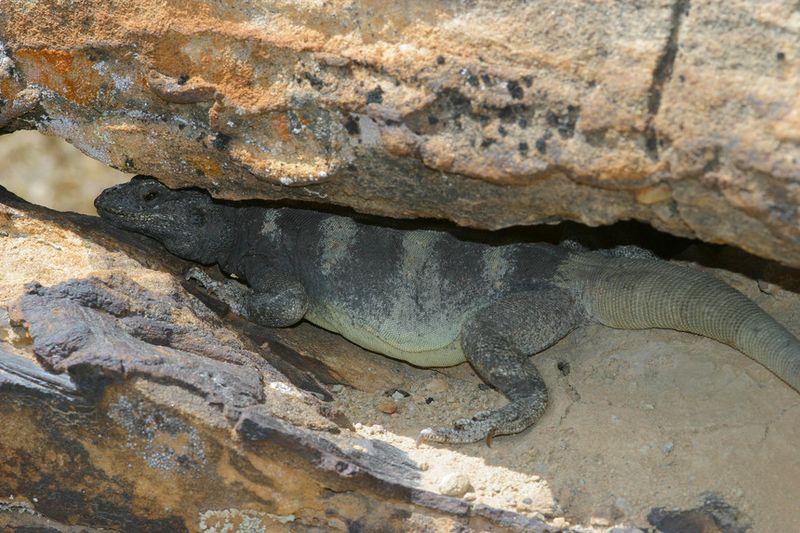
Basking on sunlit rocks, the Chuckwalla’s robust body and textured skin blend seamlessly with the canyon’s rugged landscape. This herbivorous reptile thrives on flowers and leaves, contributing to the canyon’s ecological diversity. Its ability to inflate its body allows it to wedge tightly into crevices, avoiding predators. The Chuckwalla’s laid-back demeanor and impressive adaptations make it a symbol of resilience and harmony with its environment. Observing a Chuckwalla, one gains insight into the subtle beauty and complexity of life in the canyon.
Coachwhip Snake
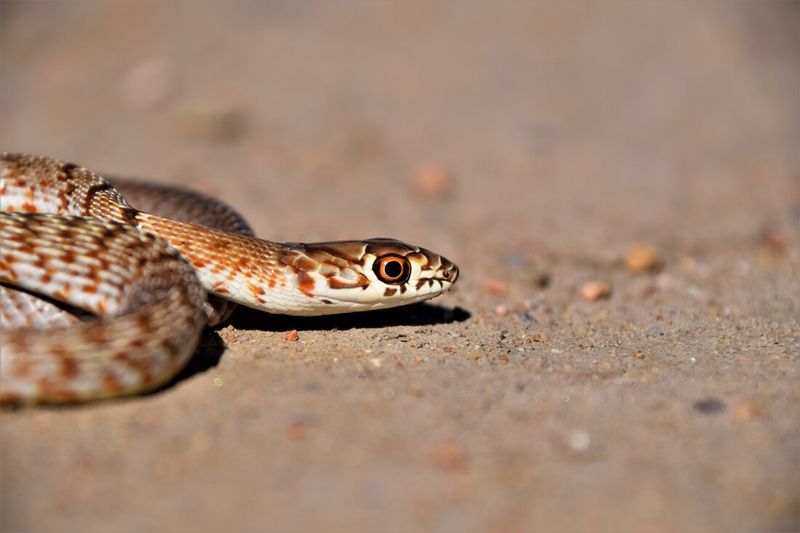
The Coachwhip Snake, with its slender, whip-like body, slithers gracefully across the rocky terrain. Its presence is a testament to the canyon’s rich biodiversity. Known for its speed and keen senses, this snake actively hunts for prey, keeping the local rodent population in check. Its earthy tones provide excellent camouflage, blending effortlessly with the sandy environment. This elusive serpent is both a marvel of nature and a vital component of the canyon’s intricate ecosystem, showcasing adaptability and grace in every movement.

